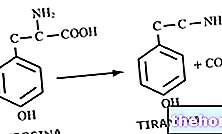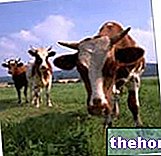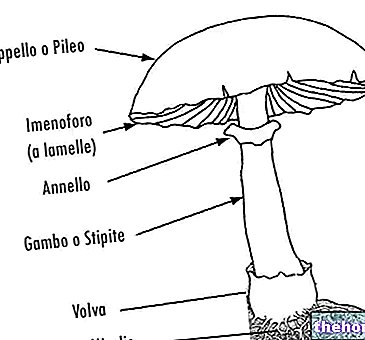Food alteration consists of a set of phenomena, usually accidental, which take place in the food, modifying, at times very profoundly, the characteristics of genuineness, harmlessness and digestibility. Often, these are cases in which human conduct (for example due to inattention or forgetfulness) may have caused the episode, but in a culpable and non-willful way.
Alterations in food can be classified into natural, voluntary and fraudulent.
Natural Alterations: bad or prolonged conservation (rancidity, decomposition, acidity); very often they are caused by the lack of sensitivity of the consumer who, more often than one might think, demands, for example, that the three-month expiration of milk has a long

For all these reasons, many food poisonings are attributable to the negligence of the consumer, rather than that of the producer.
Voluntary alterations: chemical, physical or biological technological treatments, applied to improve the quality or shelf life of the product; very often these are positive alterations, such as the pasteurization of milk or the addition of ascorbic acid (vitamin C) to the flour, which improves its shelf life and facilitates the baking process.
Fraudulent alterations: sophistication, adulteration and food counterfeiting.
SOPHISTICATION
The composition of a food is modified, partially replacing some elements of the food substance with the addition of foods of lower quality and value.
ADULTERATION
A food substance is adulterated when a modification of its composition is introduced by man, following mixing with other substances of lower quality or following the deprivation of useful elements or elements that characterize the product.COUNTERFEIT
The food is marketed with a composition or with values other than those declared. The deception in which the consumer can be drawn can be explicit or implicit. Explicit if the label declares the false, implicit when the type of packaging, the shape, the brand, even in the absence of an objective false declaration, can mislead the consumer.
Alterations in food also depend on the presence of xenobiotics, that is, of chemical substances foreign to the biological system of origin. These alterations can be positive for human health (the addition of vitamin C to the flour) or negative (residues of pesticides, hormones, heavy metals, etc.).




























